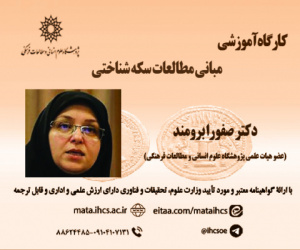از جنبش اصلاحات تا دموکراسی خیابان: تحلیل طبقاتی جنبش های اجتماعی پساانقلابی در ایران (مقاله علمی وزارت علوم)
درجه علمی: نشریه علمی (وزارت علوم)
آرشیو
چکیده
این مقاله از منظر جامعه شناسی سیاسی، جنبش های اجتماعی سال های 1376-1402 را مورد بررسی و تببین قرار داده است. در این مقاله، در مورد تحولات اجتماعی و سیاسی سال های پس از جنگ ایران و عراق، نشان داده شده است که جنبش های اجتماعی این سال ها را می توان با توجه به تحلیل طبقاتی ملهم از نظریه اریک الین رایت، حرکت از «جنبش اصلاحات» به سوی «دموکراسی خیابان» نام گذاری کرد، و نشان داد که حاملان اصلی این جنبش های اجتماعی در ابتدا «طبقه متوسط» بوده و کم کم شامل «طبقه ی متوسط فقیر» شدند. در این تحقیق، از روش تحلیل تطبیقی تاریخی (از نوع تحلیل روایتی) استفاده شده است که در آن با شناسایی بزنگاه های تاریخی، نقش کنشگران سیاسی در ارتباط با ساختار سیاسی موجودرای شناخت ماهیت جنبش های اجتماعی پساانقلابی در ایران مورد تحلیل قرار می گیرد. با توجه به نتایج این مقاله، باید گفت که دموکراسی خیابان، برعکسِ جنبش اصلاحات: 1) کنش محور، 2) عمل گرا، 3) بدون رهبری، 4) فاقد سازمان دهی، 5) معطوف به مصائب زندگی روزمره و 6) رخدادمحور است. بعلاوه، گفتنی است که هدف اصلی «جنبش اصلاحات» عدالت سیاسی بود، اما هدف اصلی «دموکراسی خیابان» عدالت اجتماعی و به دنبال کاهش «نابرابری» و «فساد» و افزایش «سرمایه ی اجتماعی» است.From the Reform Movement to Street Democracy: Post-Revolution Social Movements in Iran
This article has analyzed and explained the social movements of 1376-1402 from the perspective of political sociology. In this article, regarding the social and political developments of the years after the Iran-Iraq war, it has been shown that the social movements of these years can be analyzed according to the class analysis inspired by Eric Olin Wright's theory, moving from the "reform movement" to "democracy Street", and showed that the main carriers of these social movements were the "middle class" at first, yet gradually included the "poor middle class". In this research, the comparative-historical analysis method (a type of narrative analysis) has been used, in which, by identifying critical junctures, the role of political entrepreneur in relation to the existing political structure is analyzed to understand the nature of post-revolutionary social movements in Iran. According to the results of this article, it should be said that street democracy is the opposite of the reform movement for the following reasons: they are 1) action-oriented, 2) pragmatic, 3) without leadership, 4) lacking in organization, 5) focused on the hardships of daily life and 6) event-oriented. In addition, it should be mentioned that the main goal of the "reform movement" was political justice, but the main goal of "street democracy" is social justice and seeks to reduce "inequality" and "corruption" and increase "social capital".







